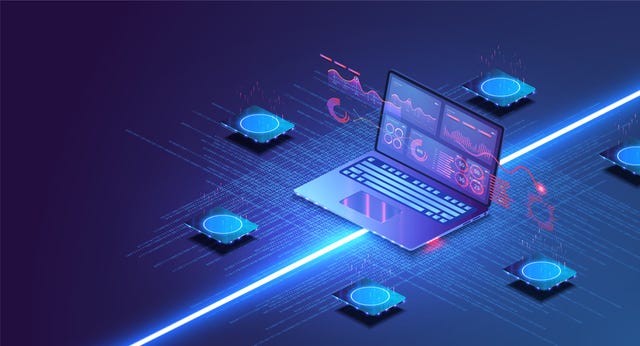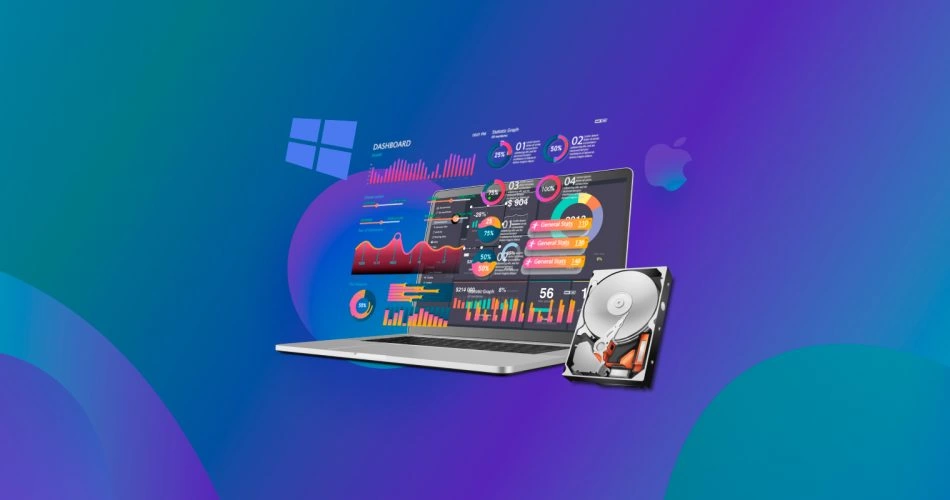The software development life cycle is a series of processes used in the software industry to build and test high-quality software. It’s a popular framework among developers. Each of these processes has the potential to introduce security flaws into a program.
JFrog is one of the tech corporations that has implemented the application security (AppSec) methodology known as DevSecOps, which is gaining popularity. This method entails putting in place various security measures at an early stage in the software development life cycle (SDLC). Also, it improves the relationship between the teams in charge of development and operations. This makes it possible for security teams to be involved in the process of delivering software.
To prevent designing an application riddled with defects, it’s critical from a security standpoint to understand what has to be done at each stage. This article will guide you through the best practices that may be used throughout the software development cycle to ensure the security of your software from the very beginning.
Check out QT software development service page if you specifically need QT developers.
Secure Data Transport and Storage

Any practice aimed at improving the reliability of your digital services should be founded on a robust security strategy. One aspect of it is the use of processes such as PCI-DSS, which contribute to an increase in the reliability of information exchanges. Using modern encryption technology, for example, can help to ensure that a communication activity is conducted in complete confidentiality.
The validity and integrity of data may be enhanced by using data pack verification techniques. As a result, both the sender and the recipient will be certain that the connection they are utilizing is entirely secure, whether they are storing, processing, or transmitting files and information. As such, there is no risk of sensitive data being taken or stolen.
Implement Security Measures in Your Development Environment
In addition to their other objectives, a company that concentrates on the development of information technology solutions should prioritize enhancing digital security. It is also critical to have physical surroundings that are free of possible vulnerabilities. Controlling access to various parts involved in the creation of a system is necessary. Furthermore, servers must be compartmentalized to prevent unauthorized users from accessing and using them.
Use Code Reviews to Detect Security Risks

Code reviews assist developers in identifying and fixing security flaws to prevent the same errors from being made again. Building trustworthy software from the ground up is critical. Implementing a defensive strategy will help you write less code. You should run tests on your code and create unit tests for the parts of the application that are important to you.
After making changes to the source code, it is important to do a second security check. Reviewing the security requirements is necessary to make sure that secure coding standards are followed throughout the development process.
Use Reliable Frameworks and Libraries
When developing software, it is better to make use of pre-existing libraries or frameworks that have a solid track record and are regularly updated. These have a lower risk of containing vulnerabilities than newly constructed code bases.
When you employ open-source components, you have a higher level of control over the security of your product. In addition, using safe software development libraries may assist in reducing the attack horizon of your program, which ultimately contributes to an increase in the application’s level of security.
Developers need to do thorough research regarding the credibility of a library or framework before including it in their applications. They could utilize online tools that provide particular information on the community engagement in each project, the release frequency, and other statistics to assist them in determining whether or not this component is secure enough for their objectives.
Consider ISO 27001 Certification
You should also consider having your company accredited to the ISO 27001 standard. ISO 27001, the global standard for information security, sets out the security principles that must be followed while building, implementing, maintaining, and upgrading an information security management system.
The use of ISO 27001 certification may make software development more secure by boosting an organization’s capability to safeguard the confidentiality, integrity, and availability of vital business information.
Address Vulnerabilities

Discovering loopholes in a system’s security is just one aspect of a security specialist’s tasks; repairing any flaws that are discovered is just as important as finding them. In this last stage of the process, the emphasis is on addressing any existing vulnerabilities and obtaining data that may be used in future stages of the preventive process. If vulnerabilities are found and verified, they must be prioritized and corrected as soon as feasible based on the seriousness of the harm they may do. When it comes to limiting the amount of time that threat actors have to plan and execute attacks, the ability to react rapidly is critical. Furthermore, after a security flaw has been closed, it is vital to understand what caused the vulnerability in the first place so that similar ones may be avoided in the future.
Two of the tasks of this last phase are the acquisition of client information and the rigorous assessment and testing of the code for any undiscovered problems. Among the other procedures needed are the formation of a team, a plan, and processes for rapid vulnerability response and mitigation; the creation and implementation of a remediation plan for each identified vulnerability; and the identification of root causes to build a knowledge base to prevent similar vulnerabilities in the future.
Furthermore, to find patterns, the basic reasons must be investigated over time. Other programs may then be able to discover and repair these tendencies. Finally, the software development life cycle (SDLC) as a whole may be subjected to periodic updates to avoid the recurrence of similar issues in subsequent versions of the program.
As digital data transmission becomes more widespread for enterprises of all sizes and types, security has risen to prominence as an essential component of the software development lifecycle (SDLC). Individuals’ privacy and the credibility of corporations tasked with protecting sensitive information are both jeopardized by data breaches. When implementing bespoke software into your company’s operations, you cannot afford to disregard security as a business owner.
Therefore, if you follow the software development security procedures listed above, you will be able to quickly detect and neutralize potential risks, boosting software security.





